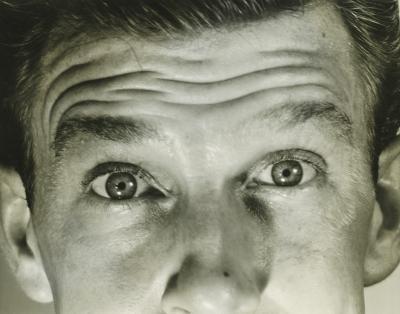What are you looking at?
March 7, 2013 | By Rachel Hankey |
 I’m often on the train. I actually enjoy train journeys simply because I get to indulge in one of my favourite past-times; people watching.
I’m often on the train. I actually enjoy train journeys simply because I get to indulge in one of my favourite past-times; people watching.
This week for example I have seen so many interesting interactions and exchanges taking place in train carriages and for the most part, I imagine those taking part, don’t even know how much of an audience they had.
Before I share some of my experiences with you, it’s wise to remember that next time you’re on the train, the innocuous looking woman in the corner seat, head buried studiously into a book, is NOT too engrossed in her novel to notice you. She is in fact, looking directly at you and soaking up every snippet of what you say and how you move!
Okay, somewhere near Birmingham I was in a seat with the back of another seat in front of me. Across on the diagonal was a table seat shared by a couple, sitting across from each other. I had my sunglasses on and rested my head against the window. I probably looked asleep; in fact, I might have nodded off if I hadn’t heard with woman hiss ‘I know you’re lying!’ I was drawn to the face of the man, who sat nicely in my eye line. ‘I’m not!’ he protested, panic etched on his forehead. He picked his mobile phone up with his right hand and passed it to his partner. ‘Check it, go on.’ He urged confidently.
 ‘Well you weren’t with Pete!’ she asked, leaning forwards across the table. I assume she was scanning his face for clues. His eyebrows shot up and his forehead wrinkled. (This can be a sign of a liar caught in the act). He looked up to the right. ‘I was at work, I was going to meet Pete but I had to stay for a meeting, for God’s sake.’ Note this, right handed people usually look to the left to recall memories, and to the right when they are in the act of making something up.
‘Well you weren’t with Pete!’ she asked, leaning forwards across the table. I assume she was scanning his face for clues. His eyebrows shot up and his forehead wrinkled. (This can be a sign of a liar caught in the act). He looked up to the right. ‘I was at work, I was going to meet Pete but I had to stay for a meeting, for God’s sake.’ Note this, right handed people usually look to the left to recall memories, and to the right when they are in the act of making something up.
I don’t believe you’, she spat, picked up her handbag and stormed through to another carriage. The man, looking, flustered and red faced, picked up his coat and followed her through seconds later. I want to shout after her ‘Trust your instincts, he IS lying!’ but of course I didn’t.
On another occasion travelling home I shared a carriage with two women, a blonde and a redhead and a lone male in a suit. They were probably all in their early twenties. I was sitting opposite the man, ostensibly gazing out of the window but I could see his face and more importantly I could see the reflection of the redhead in the train window. It was late.
The lone male glanced at the redhead and then the blonde, his eyes returned to the redhead and they stayed there almost as if his gaze would be invisible to them. I saw the redhead smile to the blonde and coyly look at the floor. The lone male averted his gaze, furrowed his brow in a slow, but apparently casual manner, appearing to look lost in intelligent, contemplative thought. He opened his legs wider and sat back in his seat and pushed his bottom forward, clearly attempting to accentuate his masculinity. The redhead crossed her legs and turned a little away from him while leaning back and keeping her arm from blocking her body. To be honest, she looked like she was trying to pose as a mermaid on a rock. No words were spoken in this exchange but without even thinking, these two were both communicating with each other without giving it a second’s conscious thought.
 Unfortunately, I reached my destination not long afterwards and I will never know if conservation was made, or numbers were swapped.
Unfortunately, I reached my destination not long afterwards and I will never know if conservation was made, or numbers were swapped.
What I do know is, if you keep your eyes open you see much more going on around you than you realise.











